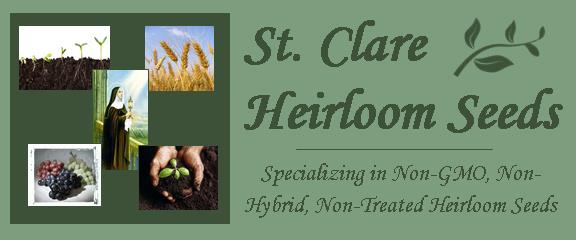Very few tools are necessary for a small Heirloom / Open Pollinated Vegetable Garden. It is better to buy a few simple, high-grade garden tools that will serve well for many years than garden equipment that is poorly designed or made of cheap or low-grade materials that will not last. In most instances, the only tools needed are a spade or spading fork, a steel bow rake, a 7- inch common hoe, a strong cord for laying off rows, a wheelbarrow, and a garden hose long enough to water all parts of the Heirloom / Open Pollinated vegetable garden. A trowel can be useful in transplanting, but it is not essential. If the soil is properly prepared, Heirloom / Open Pollinated vegetable garden plants can be set more easily with the hands alone than with a trowel.
For Heirloom / Open Pollinated vegetable gardens that are from 2,000 to 4,000 square feet, a wheel hoe is very useful because it can be used for most work usually done with a common hoe and with much less effort. The single-wheel type is probably the easiest to handle and best for use as an all-purpose wheel hoe. Other styles are available and may be used if preferred.
The cultivating tools, or attachments, for the wheel hoe should include one or more of the so called hoe blades. They are best for weeding and are used more than the cultivator teeth or small plow usually supplied with a wheel hoe.
For Heirloom / Open Pollinated Vegetable Gardens over 4,000 square feet, a rotary garden tiller is useful in preparing the soil for planting and controlling weeds.
Many Heirloom / Open Pollinated Vegetable Gardeners who do little or no farming have the choice of hiring equipment for garden land preparation or buying their own. Equipment for hire too often is unavailable when needed, so that a favorable season for planting may be missed. Country vegetable gardeners, in increasing numbers, are turning to small farm and garden tractors for land preparation, cultivation, lawn mowing, and hauling sprayers in gardens and orchards. Those who garden every year and who have large homesteads usually find this equipment a good investment. The size and type of equipment needed depend on the amount of work to be done, the contour of the land, and the character of the soil. For cultivating and other light work a 20 to 30 horsepower tractor is used. If plowing or other heavy work is involved, a larger tractor is desirable. Modern outfits of this size are well adapted to cultivating small areas. A medium-size tractor suitable for cultivating a large Heirloom / Open Pollinated vegetable garden can also be used for plowing.
The rotary tiller, which is capable of preparing light to medium soils for planting in one operation, has been widely adopted by vegetable gardeners who have such soils. In the hands of a careful operator and on land that is not too hard and heavy and is reasonably free from stones, roots, and other obstructions, this machine has many desirable features. It can be adjusted to cultivate very shallowly or to plow the soil and fit it for planting. Tools such as sweeps may be attached, thereby adapting the machine to straddle-row cultivating.
Use of well-adapted implements in preparing vegetable garden land greatly lessens the work required in cultivating. Clean, sharp, high-grade tools greatly lessen garden labor. For larger Heirloom / Open Pollinated vegetable gardens, a wheel-type hand fertilizer distributor, a sprayer or duster (preferably a wheelbarrow type power sprayer), and a seed drill are generally profitable. Minor tools include two pointed iron stakes and weeders.
If sufficient water is available, irrigation equipment is necessary in many areas and highly desirable in nearly all Heirloom / Open Pollinated vegetable gardens. Furrow application requires careful planning and laying out of the garden area and precise handling of the soil to insure even distribution of water. Overhead pipes with nozzles at short intervals, temporary lines of lightweight pipe with rotating sprinklers, and porous hose laid along the rows are extensively used. The most common practice is to use a length or two of garden hose, with or without sprinklers, fed by faucets on temporary or permanent lines of pipe through the vegetable garden.
In winter, when there is little heat from the sun, little water is used by garden plants so irrigation is not needed in most areas. However, in summer, rainfall is usually inadequate and irrigation is essential for maximum production.

